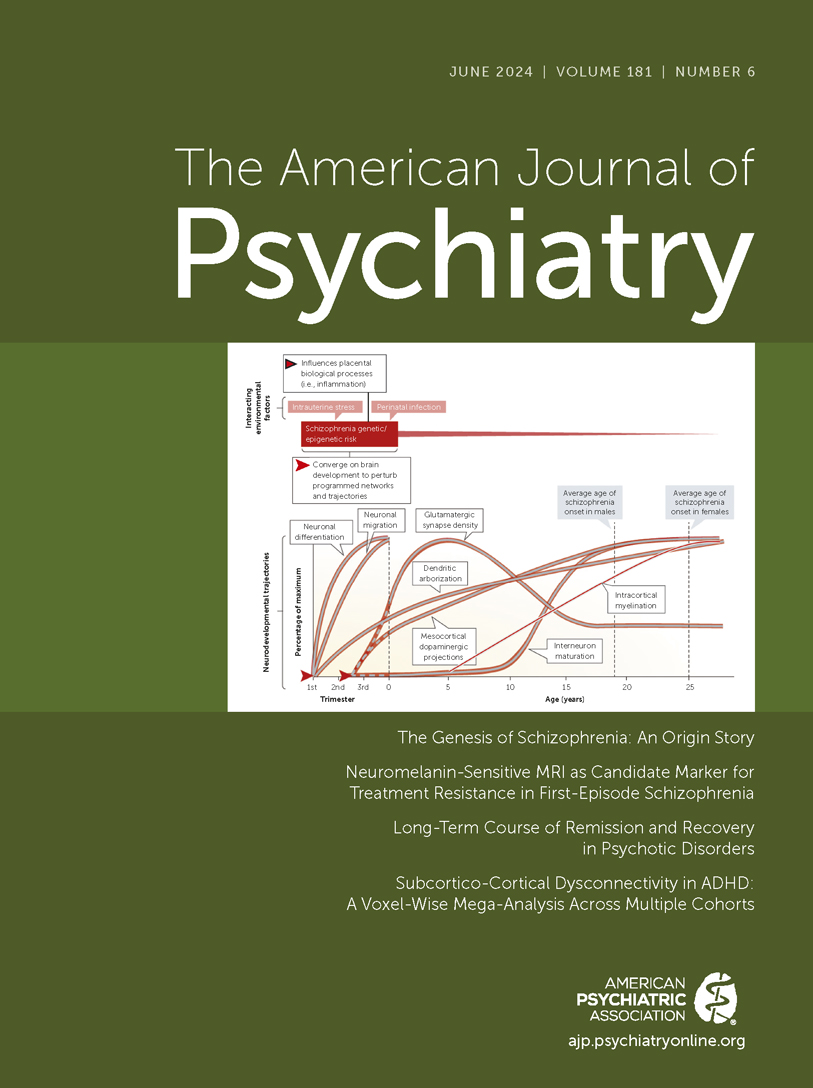Abstract
Objective:
Understanding prognosis is critical to anticipating public health needs and providing care to individuals with psychotic disorders. However, the long-term course of remission and recovery remains unclear. In this study, the most common trajectories of illness course are described for a cohort of individuals followed for 25 years since first admission for psychosis.
Methods:
Participants are from the Suffolk County Mental Health Project, an epidemiological study of first-admission psychosis. Data for the present study was collected from six follow-ups, with 311 individuals assessed at the 25-year follow-up. Common patterns of remission and recovery were assessed in the baseline cohort of 591 individuals and the subsample from the 25-year follow up.
Results:
In the baseline cohort and the 25-year subsample, the most common trajectory for individuals with schizophrenia spectrum disorders was no remission and no recovery. Among individuals with other psychotic disorders, in both the baseline and 25-year cohorts, the modal pattern was one of intermittent remission and recovery. Individuals with other psychotic disorders were more likely to experience stable remission (15.1%) and stable recovery (21.1%), outcomes that were rare among individuals with schizophrenia spectrum disorders (0% and 0.6%, respectively).
Conclusions:
The modal longitudinal pattern for individuals with other psychoses is one of multiple transitions into and out of symptomatic and functional recovery. Engagement in a long-term health care plan may help individuals detect and respond to these changes. Sustained remission and recovery are rare among people with schizophrenia spectrum disorders. Efforts should be directed toward developing more effective treatments for this population.
Access content
To read the fulltext, please use one of the options below to sign in or purchase access.- Personal login
- Institutional Login
- Sign in via OpenAthens
- Register for access
-
Please login/register if you wish to pair your device and check access availability.
Not a subscriber?
PsychiatryOnline subscription options offer access to the DSM-5 library, books, journals, CME, and patient resources. This all-in-one virtual library provides psychiatrists and mental health professionals with key resources for diagnosis, treatment, research, and professional development.
Need more help? PsychiatryOnline Customer Service may be reached by emailing [email protected] or by calling 800-368-5777 (in the U.S.) or 703-907-7322 (outside the U.S.).



